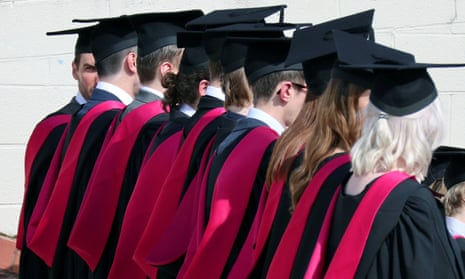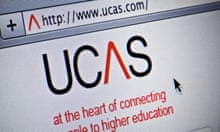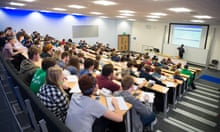The gap between students on free school meals able to study at university widened this year compared with their better-off peers – making the poorer group only half as likely to attend university in England.
The figures from Ucas, the university admissions clearing house, showed that school-leavers in England from the most deprived backgrounds were the least likely to attend university, with the gap widening for the second year in a row.
While other measures of deprivation used by Ucas were more positive, the slow change in the numbers of free school meals pupils attending university will be a concern as the government publishes its social mobility action plan, which includes widening access for those from deprived backgrounds as a main plank.
“We must not let today’s figures mask the challenges which remain in this area. Young people from the most advantaged backgrounds are still 5.5 times more likely to enter universities with the highest entrance requirements than their disadvantaged peers,” said Les Ebdon, the director of Fair Access to Higher Education.
“As a result, people with the potential to excel are missing out on opportunities. This is an unforgivable waste of talent, and universities must continue to press for transformational progress.”
This summer’s Ucas admission data showed that the entry rate for pupils on free school meals was nearly 17%, while the entry rate for other pupils was close to 34%.
The rate of successful applications grew twice as quickly among the better-off students than those from the more deprived households among 18-year-olds.
The widening gap is a reversal of the trend seen until 2015, when pupils on free school meals became less than half as likely to go to university as their peers.
Ucas pointed to its own “multiple equality measure” of deprivation, that recorded increases in all groups of students applying, although it too showed a widening gap between the most advantaged and the least advantaged.
“This report provides further positive indications that the work universities and colleges do to improve fair access is paying off,” said Ebdon.
But the biggest news came in the narrowing gap between the two groups at the most selective universities, with a 10.4% increase in entry to those universities from students from the most disadvantaged areas.
The proportion of girls once again increased more quickly than boys, with white British boys once again the slowest growing portion of the student population.











Comments (…)
Sign in or create your Guardian account to join the discussion